Types Of Coneflower – Learn About Different Kinds Of Coneflower Plant
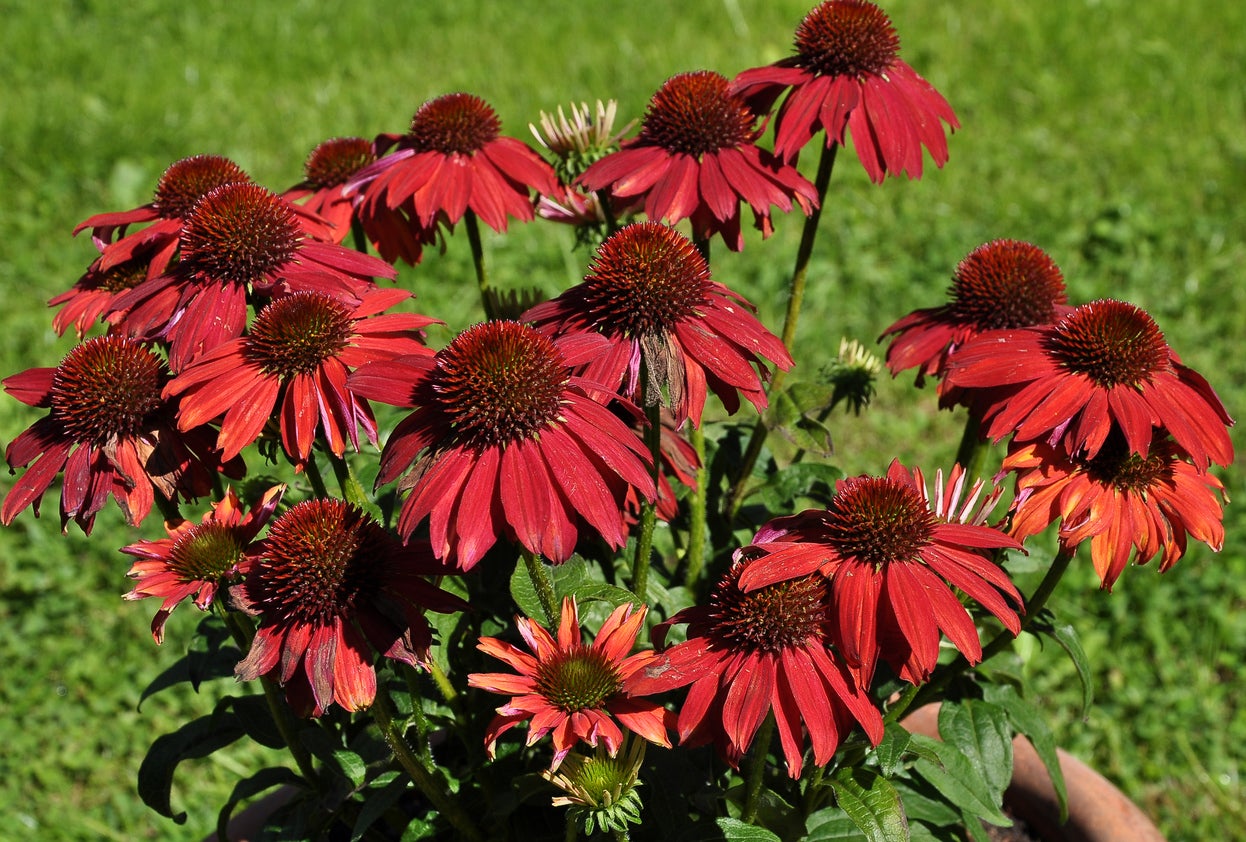

The coneflower is a popular perennial in gardens because it is easy to grow and produces large, distinctive flowers. Perhaps most commonly seen in beds is the purple coneflower, or Echinacea purpurea, but did you know there are many other kinds of coneflower? Newer hybrid varieties provide the same durable, easy perennial qualities but with a variety of different flower colors and shapes.
About Echinacea Plants
The genus Echinacea includes a number of species, four of which are common in and native to North America. These include purple coneflower, one of the most commonly used Echinacea plants in home gardens and flower beds.
Coneflower varieties are so popular in home gardens because they are easy to grow and because they provide striking flowers in beds. The daisy-like blooms attract pollinators and sit on top of tall stems, growing up to 5 feet (1.5 m) tall. Coneflower is drought tolerant, requires very little maintenance, and is not eaten by deer.
Echinacea Plant Types
Purple coneflower is known for its large purple flowers with prominent spiny cones in the centers. Newer types of coneflower allow you to add other colors to your perennial beds with the same ease of growing as the original. Here are some great examples:
Cheyenne Spirit – This cultivar has won awards. The flowers are bright and include a mix of bright red, cream, orange, and golden yellow. The plants are stockier than the original coneflower and stand up well to windy gardens. ‘
Avalanche – This white variety of coneflower resembles Shasta daisy, but it is much more durable and hardy. It grows well in cooler climates.
Tomato Soup – This descriptive name tells you exactly what color the flower is. Expect rich, reddish flowers in the classic cone shape.
Gardening tips, videos, info and more delivered right to your inbox!
Sign up for the Gardening Know How newsletter today and receive a free copy of our e-book "How to Grow Delicious Tomatoes".
Firebird – The petals of this variety droop down so drastically from the cone that the flower resembles a shuttlecock. The petals are a stunning shade that transitions from orange to magenta.
Double Scoop – There are several cultivars listed as Double Scoop. The cones are replaced by a second type of clustered petal. Varieties include Cranberry, Raspberry, Orangeberry, and Bubblegum, the names of which describe the petal colors.
Greenline – Another double-petal coneflower, ‘Greenline’ has chartreuse coloring, providing another addition to the green flower trend.
Leilani – This variety produces golden yellow coneflowers on tall, strong stems. These make excellent cut flowers and tolerate hot summers.
PowWow Wild Berry – An award-winner, this cultivar is a prolific bloomer. The abundant flowers are a rich berry pink and will continue to sprout and bloom even without deadheading.
Magnus – For a large flower, try Magnus. The blooms are rose to violet in color and about 7 inches (18 cm.) across.

Mary Ellen Ellis has been gardening for over 20 years. With degrees in Chemistry and Biology, Mary Ellen's specialties are flowers, native plants, and herbs.
-
 Try The Trend – Turn Any Bed Into A Keyhole Garden With This Clever In-Ground Composter
Try The Trend – Turn Any Bed Into A Keyhole Garden With This Clever In-Ground ComposterKeyhole gardening is an efficient and sustainable practice that saves space. Get started on this DIY project quickly and easily with an in-ground composter.
By Bonnie L. Grant
-
 4 Superfast Composting Methods: Turn Waste Into Garden Gold In 30 Days Or Less
4 Superfast Composting Methods: Turn Waste Into Garden Gold In 30 Days Or LessTry the fastest composting methods to turbocharge your pile and transform kitchen scraps and garden waste into finished compost in just a few weeks.
By Mary Ellen Ellis
-
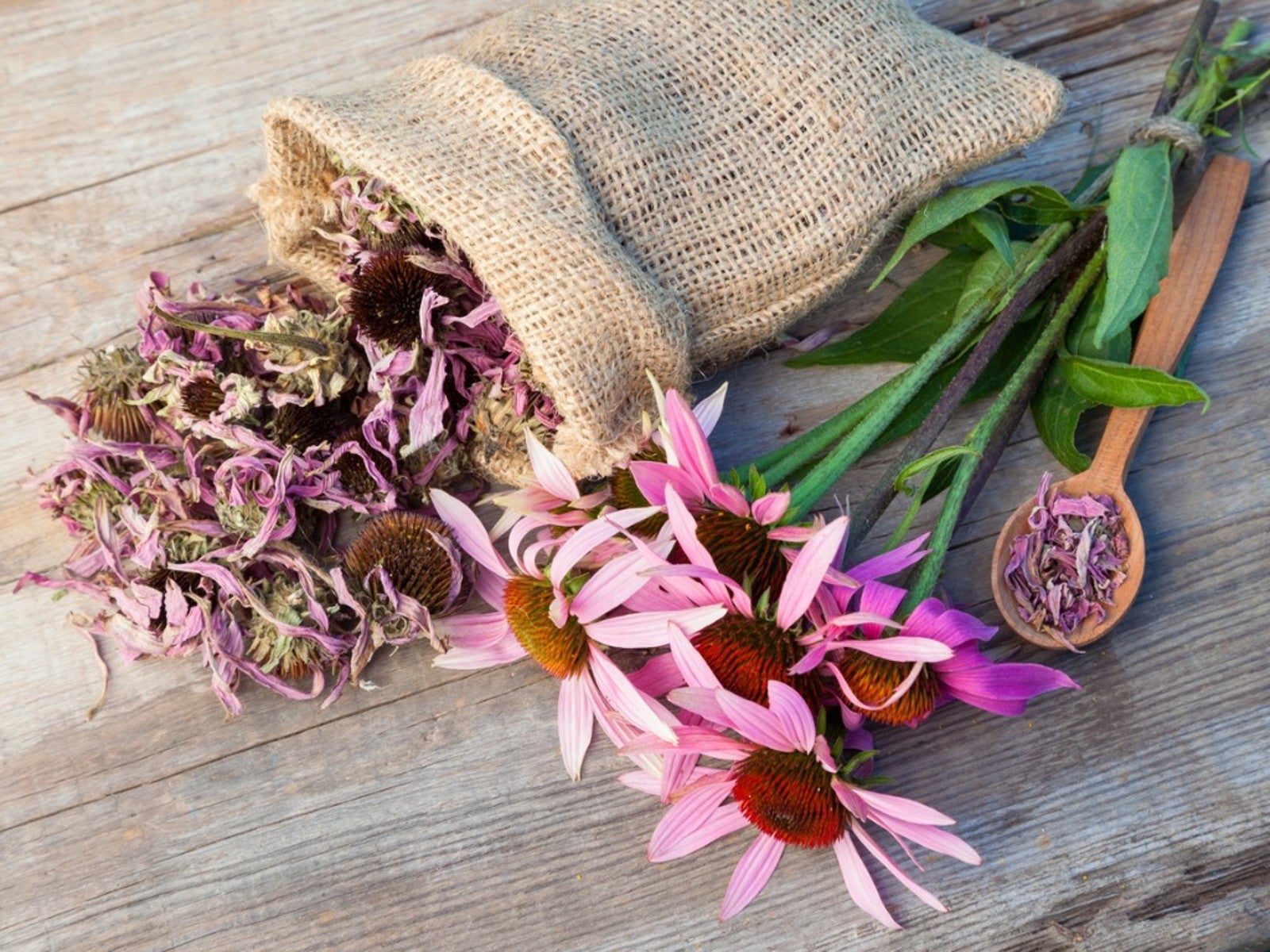 How To Harvest Echinacea Flowers, Seeds And Roots
How To Harvest Echinacea Flowers, Seeds And RootsThe entire echinacea plant can be harvested and used for medicine and health. Learn here how to harvest your pretty coneflowers, from seeds to roots.
By Mary Ellen Ellis
-
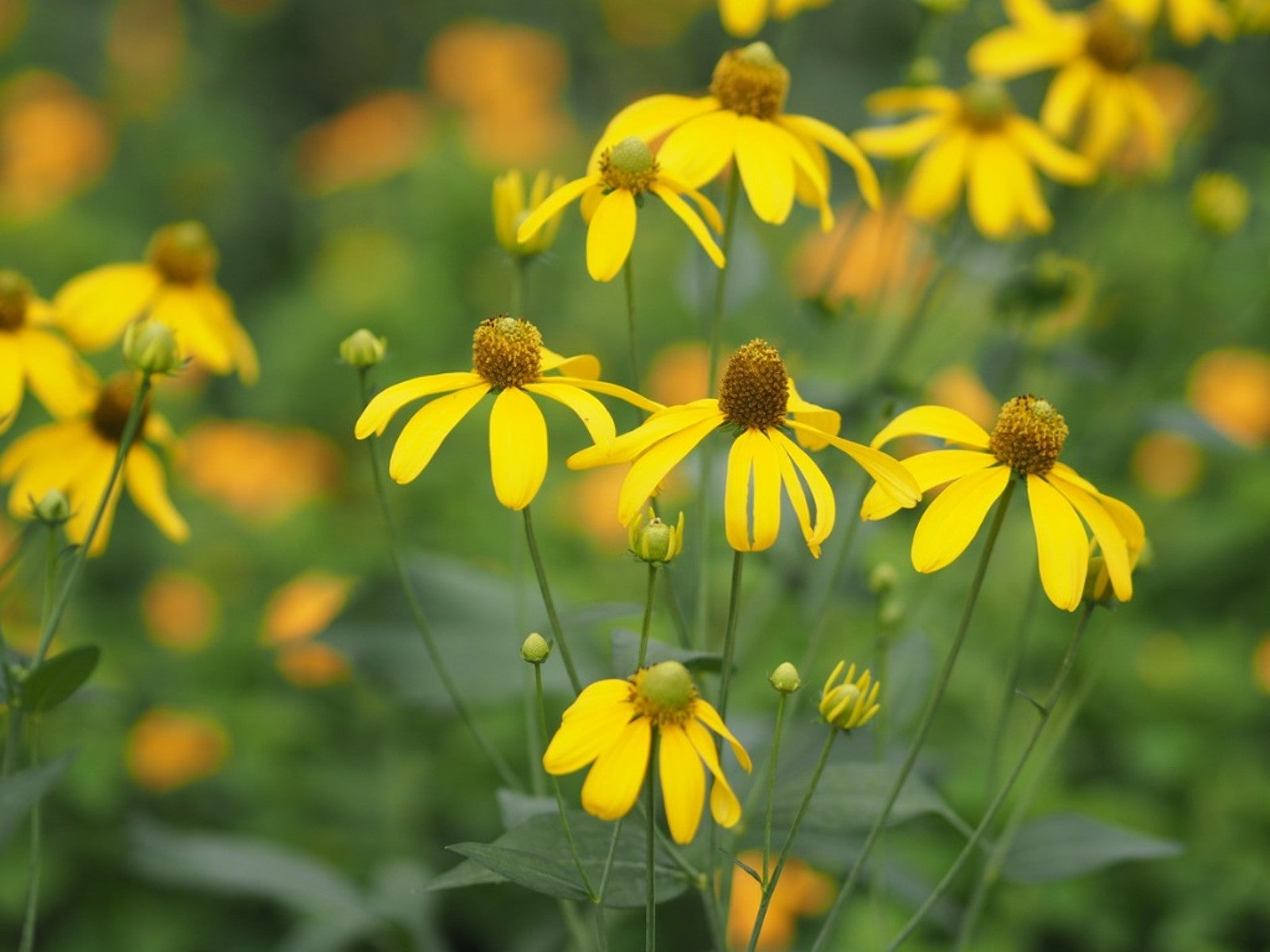 Growing Cutleaf Coneflower - Is Cutleaf Coneflower A Weed
Growing Cutleaf Coneflower - Is Cutleaf Coneflower A WeedCutleaf coneflower is a native wildflower, but that doesn't stop some from finding it weedy. Click here for more information.
By Mary Ellen Ellis
-
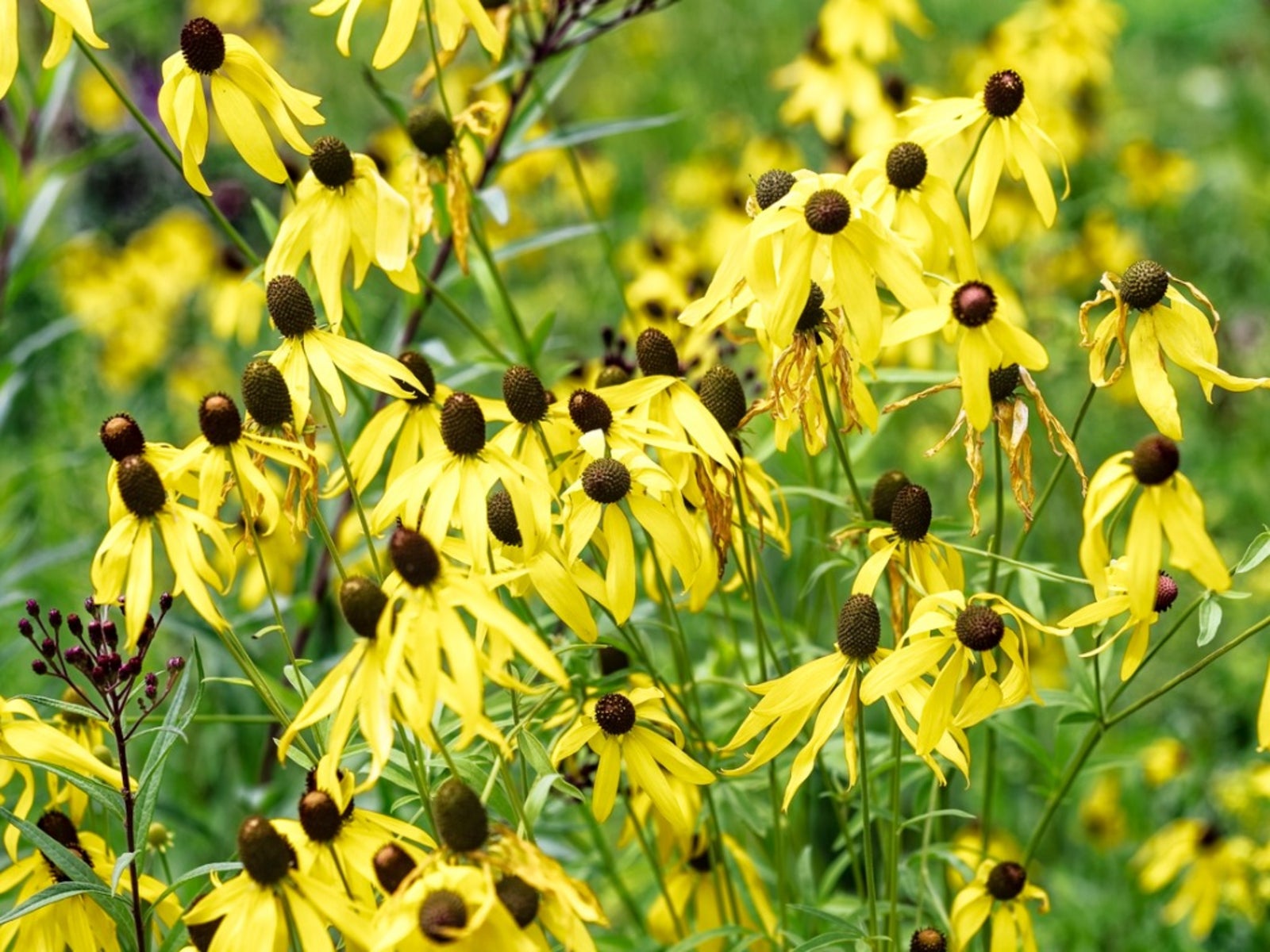 What Is A Gray Headed Coneflower Plant - Care For Gray Headed Coneflowers
What Is A Gray Headed Coneflower Plant - Care For Gray Headed ConeflowersThe gray headed coneflower plant goes by many names and is a native wildflower. Click here for more information on this perennial plant.
By Mary Ellen Ellis
-
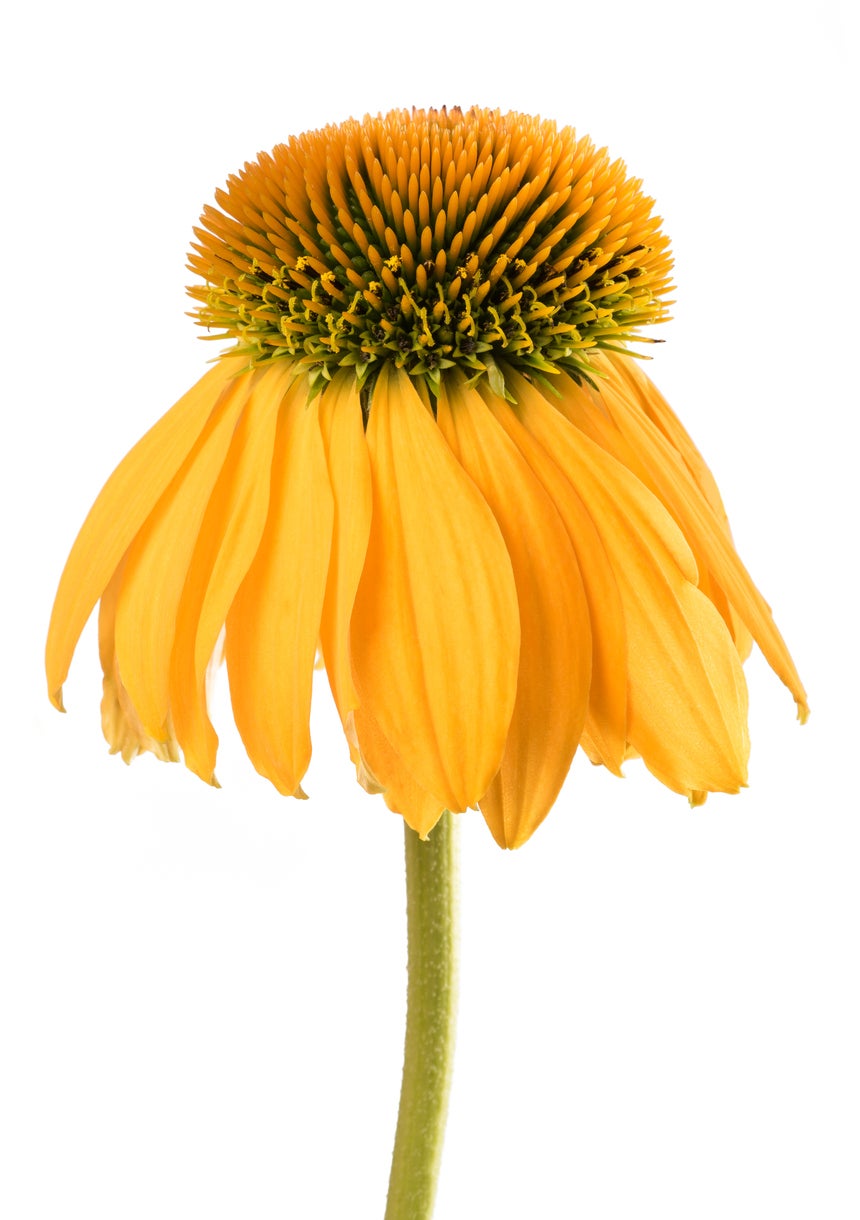 Yellow Echinacea Care – Learn About Growing Yellow Coneflowers
Yellow Echinacea Care – Learn About Growing Yellow ConeflowersEchinacea paradoxa stands out from other native echinacea plants. The “paradox” indicated in this variety’s name comes from the fact that it is the only native echinacea to produce yellow petals. Learn about growing yellow coneflowers here.
By Darcy Larum
-
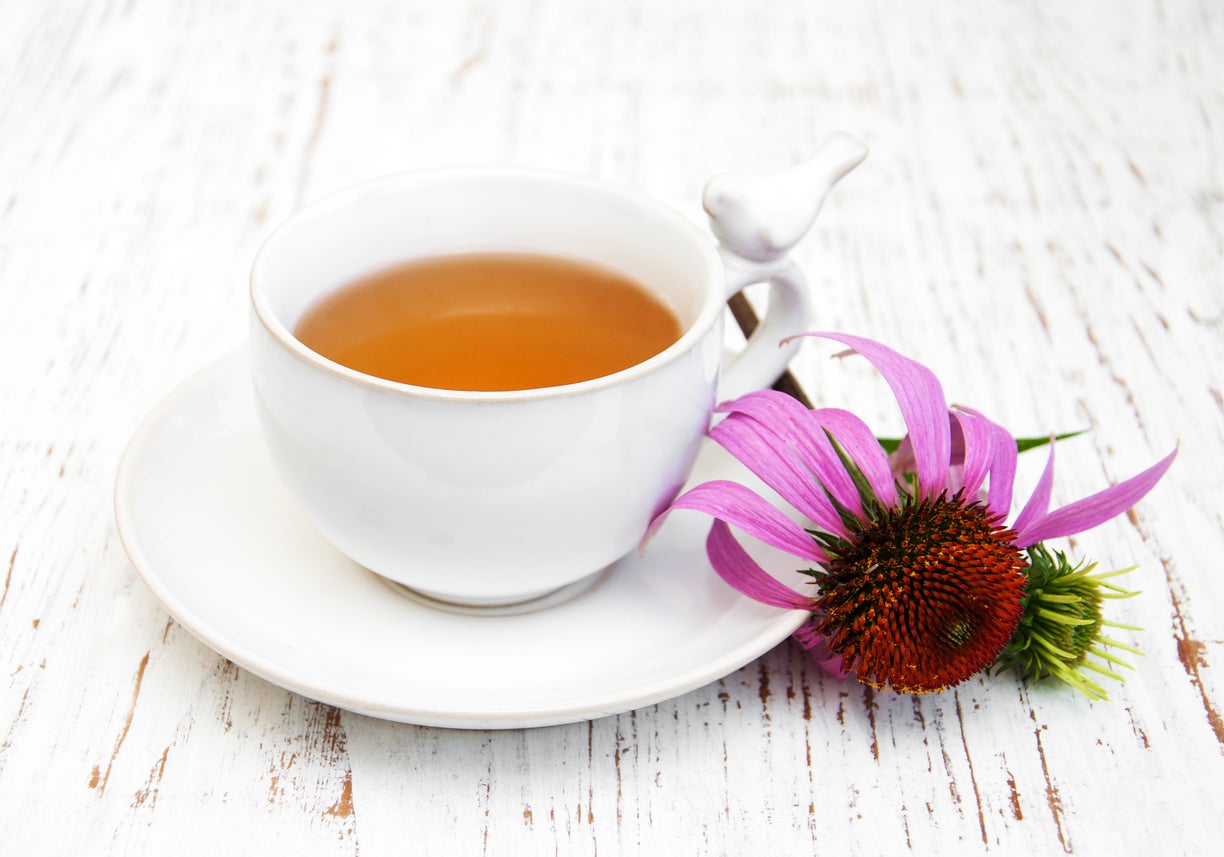 Coneflower Herbal Uses – Growing Echinacea Plants As Herbs
Coneflower Herbal Uses – Growing Echinacea Plants As HerbsConeflowers are pretty plants with big, bright flowers that attract butterflies and songbirds to the garden. But people have also been using coneflowers medicinally for many, many years. Click this article for more information on coneflower herbal uses.
By Teo Spengler
-
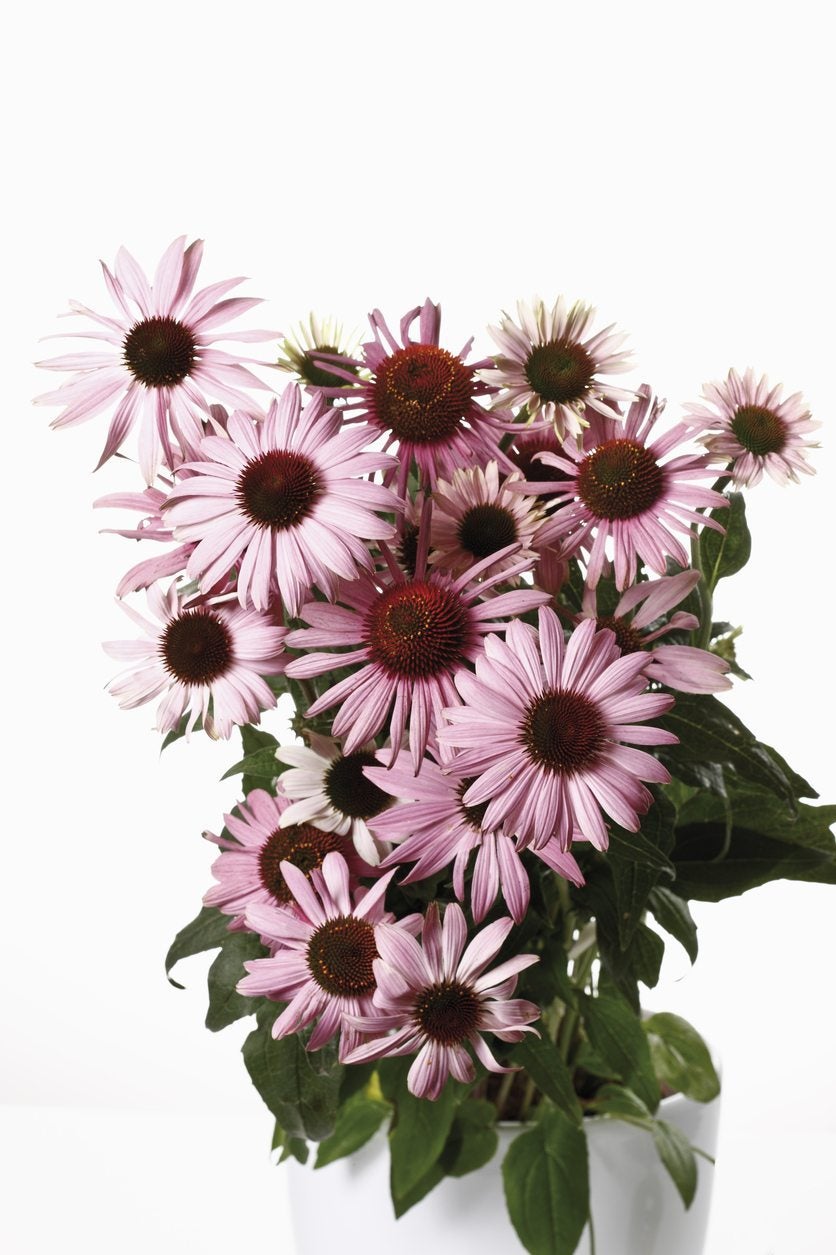 Coneflowers In A Pot – Tips On Caring For Container Grown Coneflowers
Coneflowers In A Pot – Tips On Caring For Container Grown ConeflowersConeflowers are very popular, colorful, flowering perennials. But what about containers? If you don't have the space for a garden bed, will coneflowers grow just as well on a patio or balcony? Click this article to learn more about how to grow coneflowers in a pot.
By Liz Baessler
-
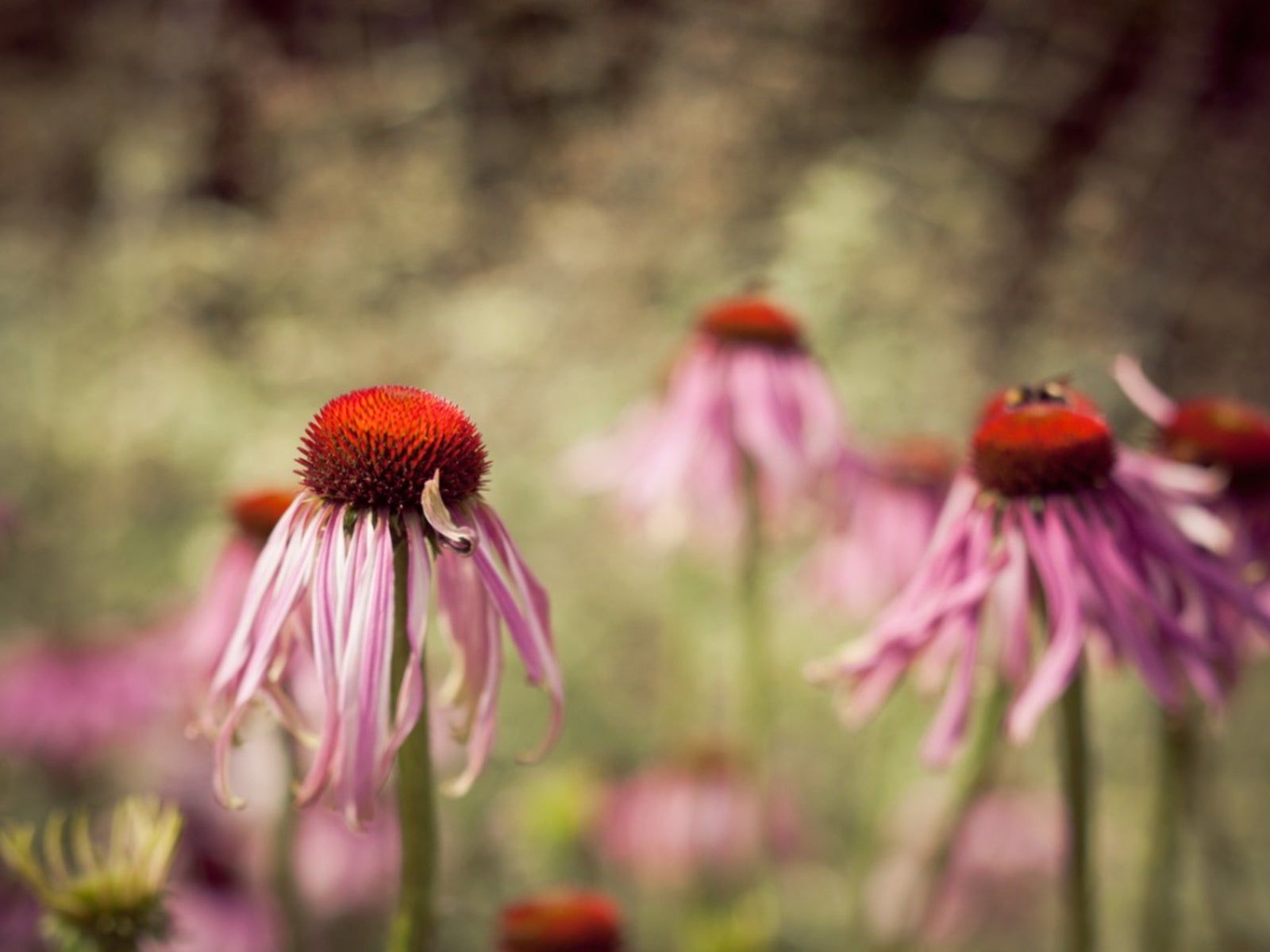 Echinacea Deadheading: Do You Need To Deadhead Coneflowers
Echinacea Deadheading: Do You Need To Deadhead ConeflowersAlso known as purple coneflower, Echinacea has grown wildly and contently for hundreds of years without any maintenance. When I suggest coneflowers to a customer, I am often asked "do you need to deadhead coneflowers?" Click here for the answer.
By Darcy Larum
-
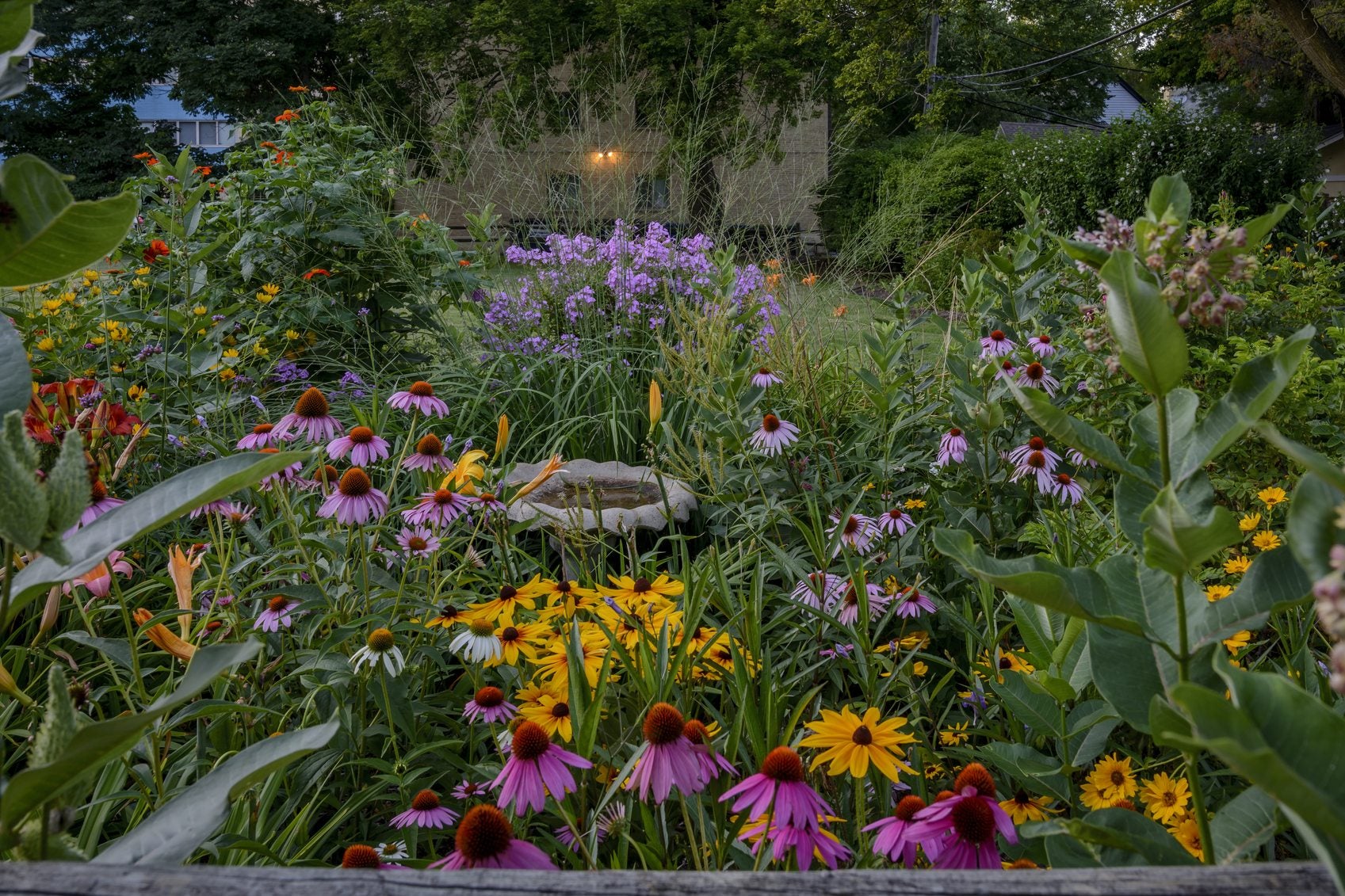 Companion Plants For Echinacea: Learn What To Plant With Coneflowers
Companion Plants For Echinacea: Learn What To Plant With ConeflowersCompanion plants for Echinacea should have similar cultural requirements and can create a bed with attractive blooms for any beneficial insect. To create a lively color bed, choose Echinacea companions carefully. This article will help get you started.
By Bonnie L. Grant